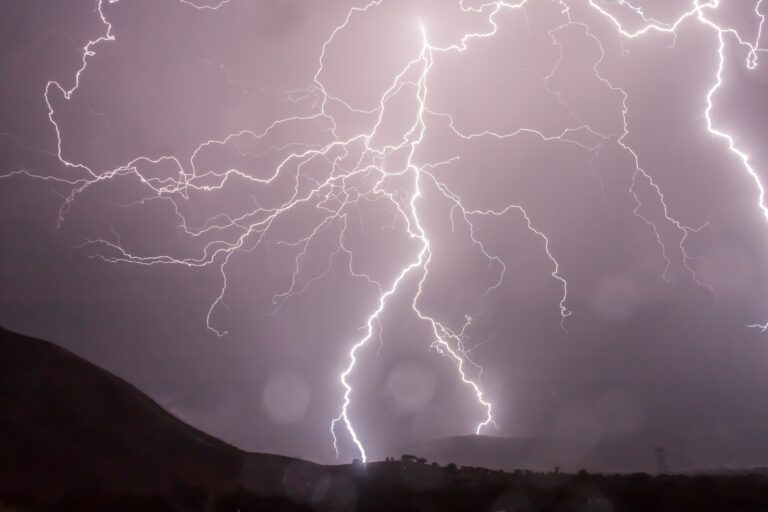
By Aishik Saha
The intertwining of the terms ‘Climate Change’ and ‘Global Warming’ can often be confusing for one another. Extreme weather events have included sudden cold waves and increased frequency and intensity of winter storms, leading to the questions of what are weather and climate and how are related to each other?
What is weather?
Generally, weather indicates short-term changes in the atmosphere. The components of weather include temperature, humidity, precipitation, cloudiness, brightness, visibility, wind, and atmospheric pressure. These factors change essentially on a day to day basis or even shorter time periods. Meteorologists take these factors into account while analyzing data from satellites, weather stations, and buoys in order to predict particular upcoming changes in the weather pattern. In most places weather also varies significantly from season to season.
What is climate?
Climates however tend to change over a long period of time that can extend to over several thousand years if not longer. The transition from the African Humid Period, when the Sahara was a thriving grassland to the current arid desert, for example, happened between 11000 and 6000 years ago. This is supposed to have occurred due to a change in the tilt of the Earth’s axis. Shorter term climate change events can occur over shorter time frames. Such short term changes can occur due to what is known as the El Niño/La Niña effect, significant volcanic eruptions, or human activities.
Climate also differs at a regional level and is influenced by its geographical specificities. The Northeastern and Midwestern US is described as having a Continental Climate, while the Southern US is described as having a Humid Subtropical Climate.
How do they influence each other?
A key difference between weather and climate is in its temporality, but they are also interconnected with each other. Generally climate is defined by averaging out long-term patterns of weather of an area, usually over a period of 30 years. On the other hand, patterns of Climate Change may manifest as ‘Extreme’ weather events that may include extreme heat or cold, long-term droughts and severe hurricanes and storms. As these ‘extreme’ events become more and more common, we are able to perceive changes to the climate itself.
Human-induced climate change and its effects on weather patterns
The widespread scientific consensus is that human activities have been responsible for the release of excess amounts of Carbon Dioxide into the atmosphere, which has been causing climate change. Since the Industrial Revolution, CO2 levels have gone up by 50% above pre-industrial levels due to human activities depositing a cumulative 1.5 trillion tons of CO2 into the atmosphere. This has resulted in the increase of global mean near-surface temperatures by 1.14℃.
This rise in global temperatures has been linked to a number of extreme weather events. This year’s European heat-wave has been related to changes in the Jet Stream stemming from climate change. Similarly the stretching of the Arctic polar vortex, which is caused by global warming, has resulted in extreme cold weather in the United States.

